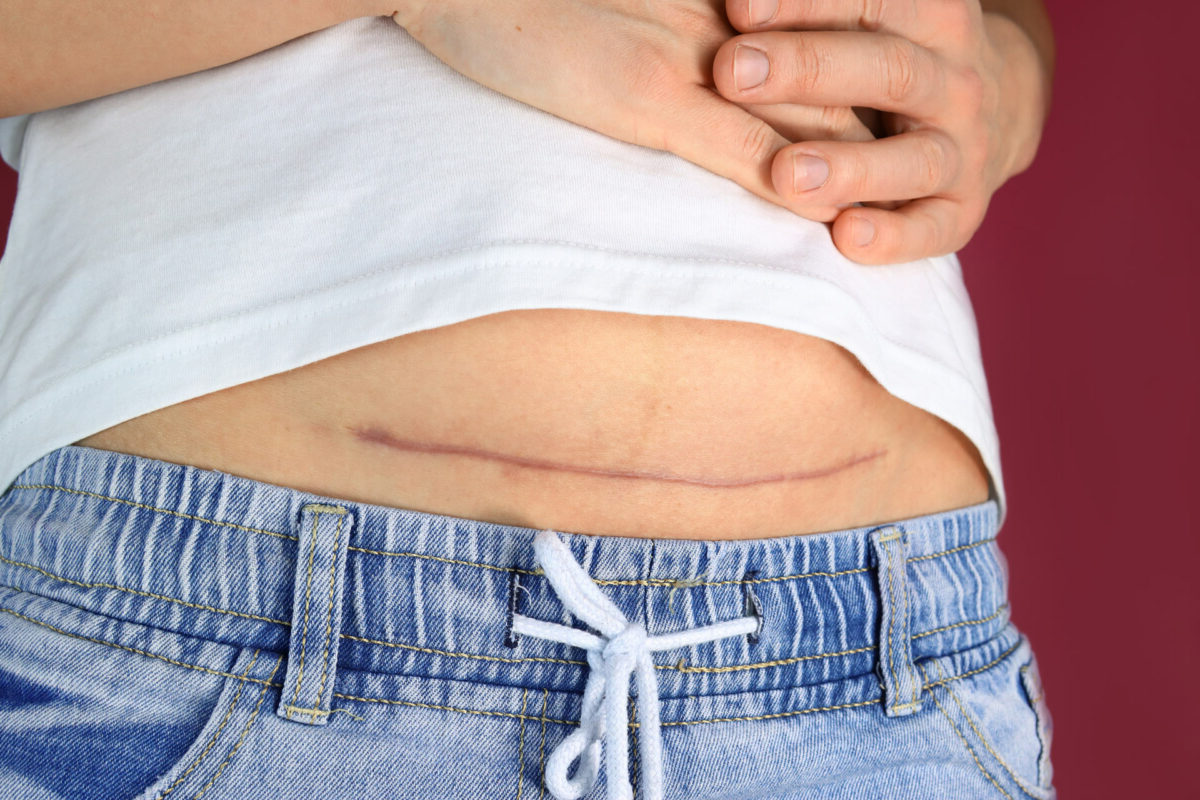
A hysterectomy is a surgical procedure where a woman's uterus is removed. This operation can be life-changing, impacting various aspects of health and lifestyle. Why do women undergo hysterectomies? Reasons range from chronic pain, heavy bleeding, fibroids, endometriosis, to cancer. Understanding the procedure, its benefits, and potential risks is crucial for anyone considering it. Did you know that there are different types of hysterectomies? Some involve removing just the uterus, while others may also take out the cervix, ovaries, or fallopian tubes. What happens after the surgery? Recovery times and experiences vary, but knowing what to expect can make the process smoother. Let's dive into 30 essential facts about hysterectomy to help you grasp this significant medical procedure better.
Key Takeaways:
- Hysterectomy is a surgery to remove the uterus and can help with pelvic pain and heavy bleeding. It's the second most common surgery for women in the U.S. after cesarean section.
- Hysterectomy can have health implications like early menopause and emotional effects. Before choosing this surgery, women can explore alternatives like medications and lifestyle changes.
What is a Hysterectomy?
A hysterectomy is a surgical procedure to remove a woman's uterus. It can be performed for various medical reasons, including chronic pain, heavy bleeding, or cancer. Here are some intriguing facts about this common yet significant surgery.
- The first recorded hysterectomy was performed in 1843 by Charles Clay in Manchester, England.
- Approximately 600,000 hysterectomies are performed annually in the United States.
- There are three main types of hysterectomy: total, partial (or subtotal), and radical.
- A total hysterectomy involves removing the entire uterus and cervix.
- A partial hysterectomy removes only the upper part of the uterus, leaving the cervix intact.
- A radical hysterectomy includes the removal of the uterus, cervix, part of the vagina, and surrounding tissues.
- The most common reason for a hysterectomy is uterine fibroids, non-cancerous growths in the uterus.
- Endometriosis, where tissue similar to the lining inside the uterus grows outside it, is another common reason.
- Hysterectomies can be performed through the abdomen, vagina, or using laparoscopic techniques.
- Abdominal hysterectomy involves a large incision in the lower abdomen.
- Vaginal hysterectomy is done through an incision in the vagina.
- Laparoscopic hysterectomy uses small incisions and a camera to guide the surgery.
- Recovery time varies but generally takes about six to eight weeks for an abdominal hysterectomy.
- Vaginal and laparoscopic hysterectomies typically have shorter recovery times, around three to four weeks.
- Hysterectomy is the second most common surgery for women in the U.S., after cesarean section.
Health Implications of a Hysterectomy
Undergoing a hysterectomy can have significant health implications. It's essential to understand both the benefits and potential risks associated with this surgery.
- A hysterectomy can relieve symptoms of chronic pelvic pain and heavy menstrual bleeding.
- It eliminates the risk of uterine cancer.
- Women who have had a hysterectomy no longer menstruate.
- The surgery can lead to early menopause if the ovaries are removed.
- Hormone replacement therapy (HRT) may be recommended for women who undergo early menopause due to hysterectomy.
- Some women experience a decrease in sexual desire post-surgery.
- There is a risk of complications such as infection, bleeding, and injury to surrounding organs.
- Hysterectomy can sometimes lead to bladder or bowel dysfunction.
- Emotional and psychological effects, including depression and anxiety, can occur after the surgery.
- Women who have had a hysterectomy may need to take calcium and vitamin D supplements to prevent bone loss.
Alternatives to Hysterectomy
Before opting for a hysterectomy, it's worth exploring alternative treatments. These options can sometimes provide relief without the need for major surgery.
- Medications, including hormonal treatments, can help manage symptoms of conditions like fibroids and endometriosis.
- Uterine artery embolization (UAE) is a minimally invasive procedure that shrinks fibroids by cutting off their blood supply.
- Endometrial ablation destroys the lining of the uterus to reduce heavy bleeding.
- Myomectomy is a surgical procedure to remove fibroids while preserving the uterus.
- Lifestyle changes, such as diet and exercise, can sometimes alleviate symptoms and improve overall health.
Understanding these facts can help women make informed decisions about their health and treatment options.
Final Thoughts on Hysterectomy Facts
Hysterectomies are more common than many realize. They can be life-saving for those with severe health issues. Understanding the different types, reasons, and recovery processes helps in making informed decisions. It's crucial to consult with healthcare professionals to determine the best course of action. Knowing the potential risks and benefits ensures you're prepared for what lies ahead.
Remember, every person's experience is unique. Support from family and friends can make a significant difference during recovery. Stay informed, ask questions, and seek second opinions if needed.
By being proactive and educated, you can navigate this medical journey with confidence. Whether you're considering a hysterectomy or supporting someone who is, knowledge is your best ally. Stay curious, stay informed, and take charge of your health.
Frequently Asked Questions
Was this page helpful?
Our commitment to delivering trustworthy and engaging content is at the heart of what we do. Each fact on our site is contributed by real users like you, bringing a wealth of diverse insights and information. To ensure the highest standards of accuracy and reliability, our dedicated editors meticulously review each submission. This process guarantees that the facts we share are not only fascinating but also credible. Trust in our commitment to quality and authenticity as you explore and learn with us.
